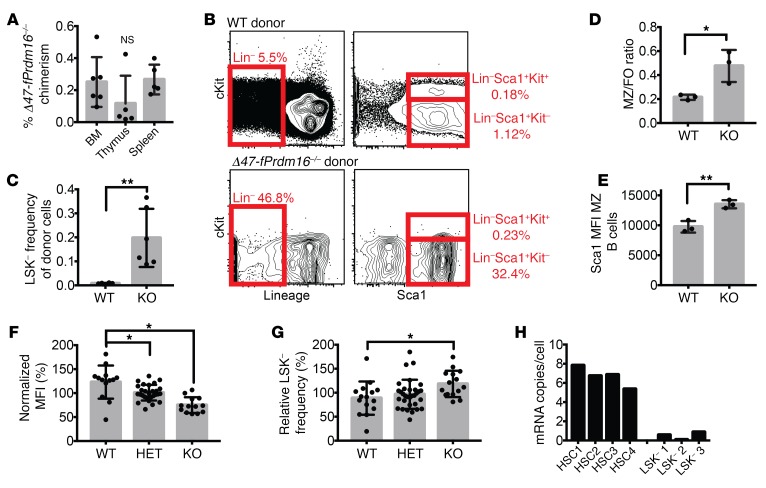Figure 4. sPrdm16 supports development of an LSK– B cell progenitor.
(A) Donor chimerism in BM, thymus, and spleen 16 weeks after competitive transplantation of Δ47-fPrdm16–/– FL HSCs (n = 6). (B) Representative flow cytometry plots showing gating of Lin–Sca1+Kit– (LSK– cells) in BM of recipients of Δ47-fPrdm16–/– (KO) and WT littermate FL cells (n = 6). (C) Donor LSK– frequency in recipients of WT and KO FL cells (n = 6). (D) Ratio of marginal zone (CD21hiCD23lo) to follicular B cells (CD23hiCD21lo) (MZ/FO) among donor splenic B cells (CD19+) in recipients of WT and KO FL cells (n = 3). (E) Sca1 mean fluorescence intensity (MFI) of donor MZ cells (n = 3). (F) Relative CD150 MFI of FL HSCs (n = 54 mice). (G) LSK– frequency (n = 73 mice) in FL from WT, Δ47-fPrdm16+/– (HET), and KO FL expressed as a percentage relative to litter average. (H) Prdm16 mRNA copies per cell in HSC and LSK– populations from 8-week-old WT mice (n = 3–4 mice, in triplicate). Mean ± SEM. NS, P > 0.05; *P < 0.05; **P < 0.01; 1-way ANOVA for multiple comparisons or Student’s t test for single comparisons.

